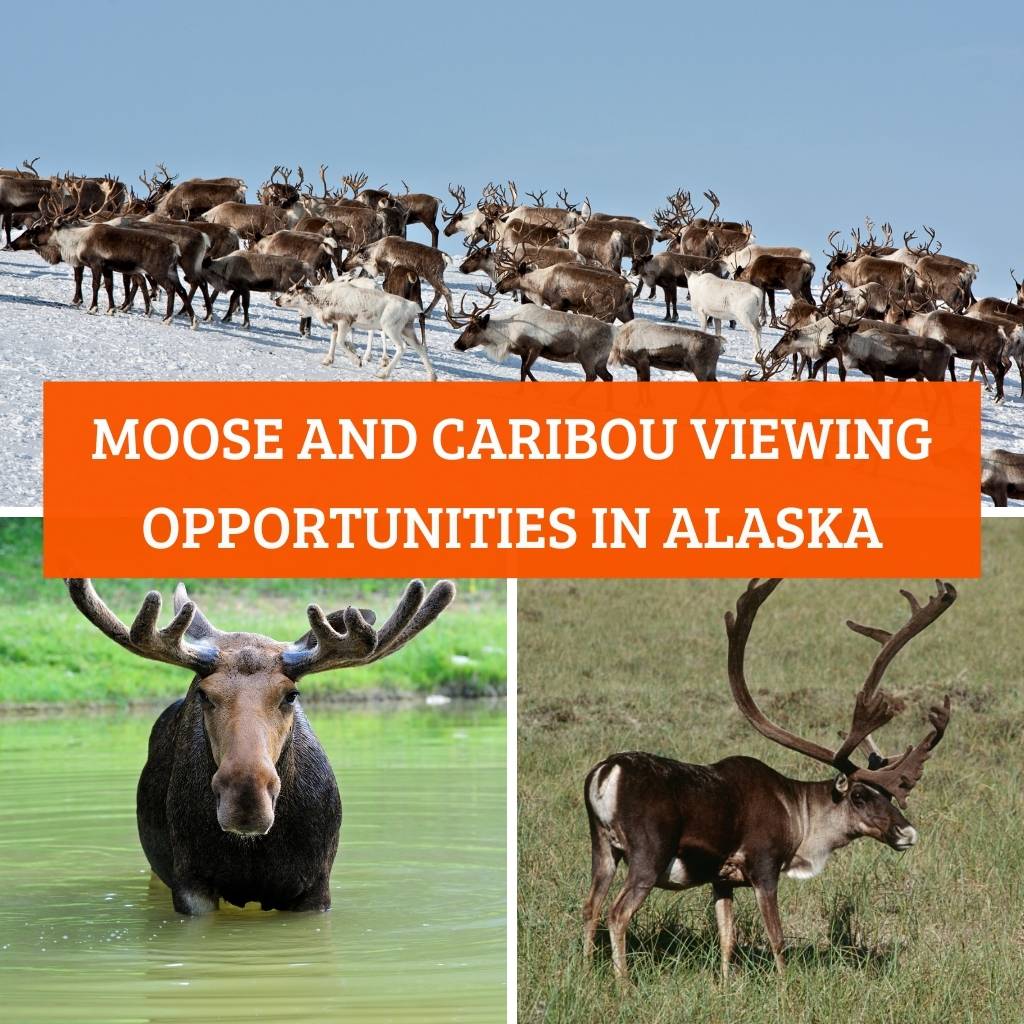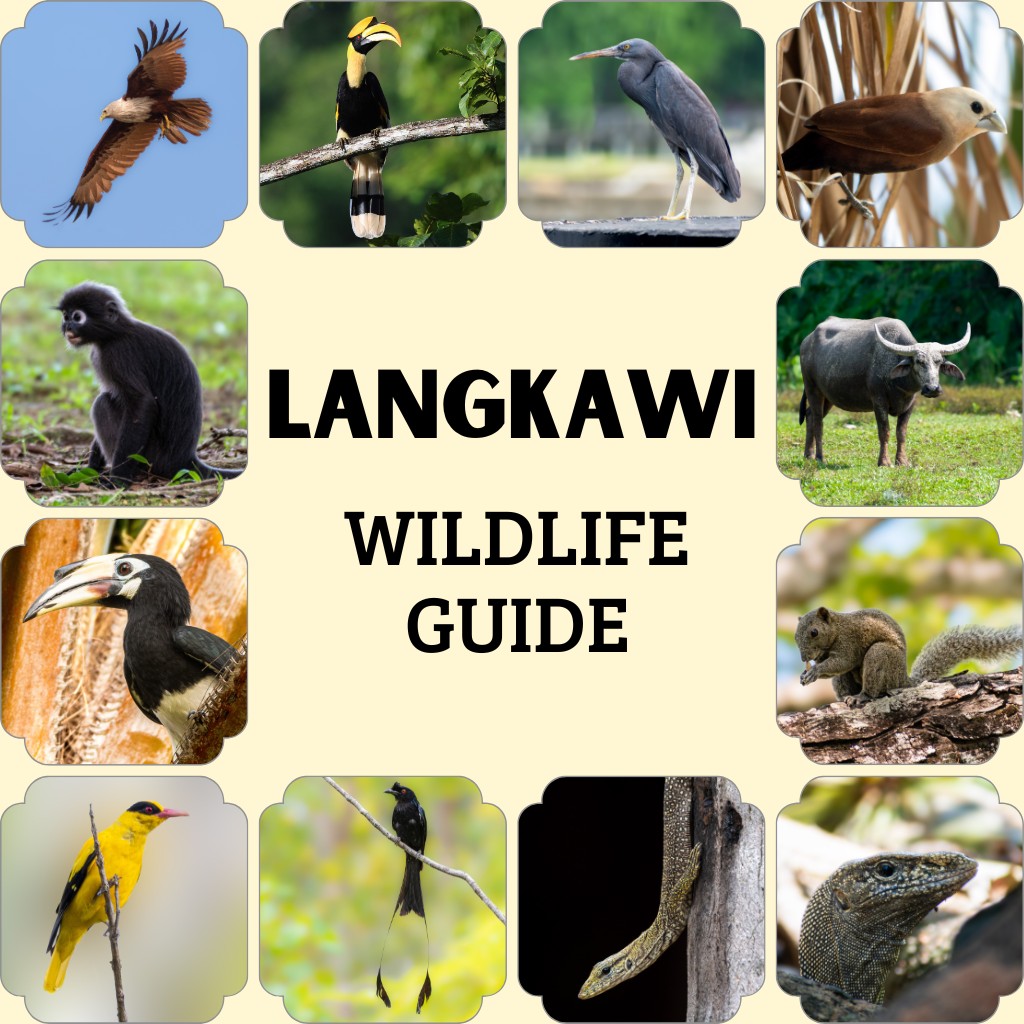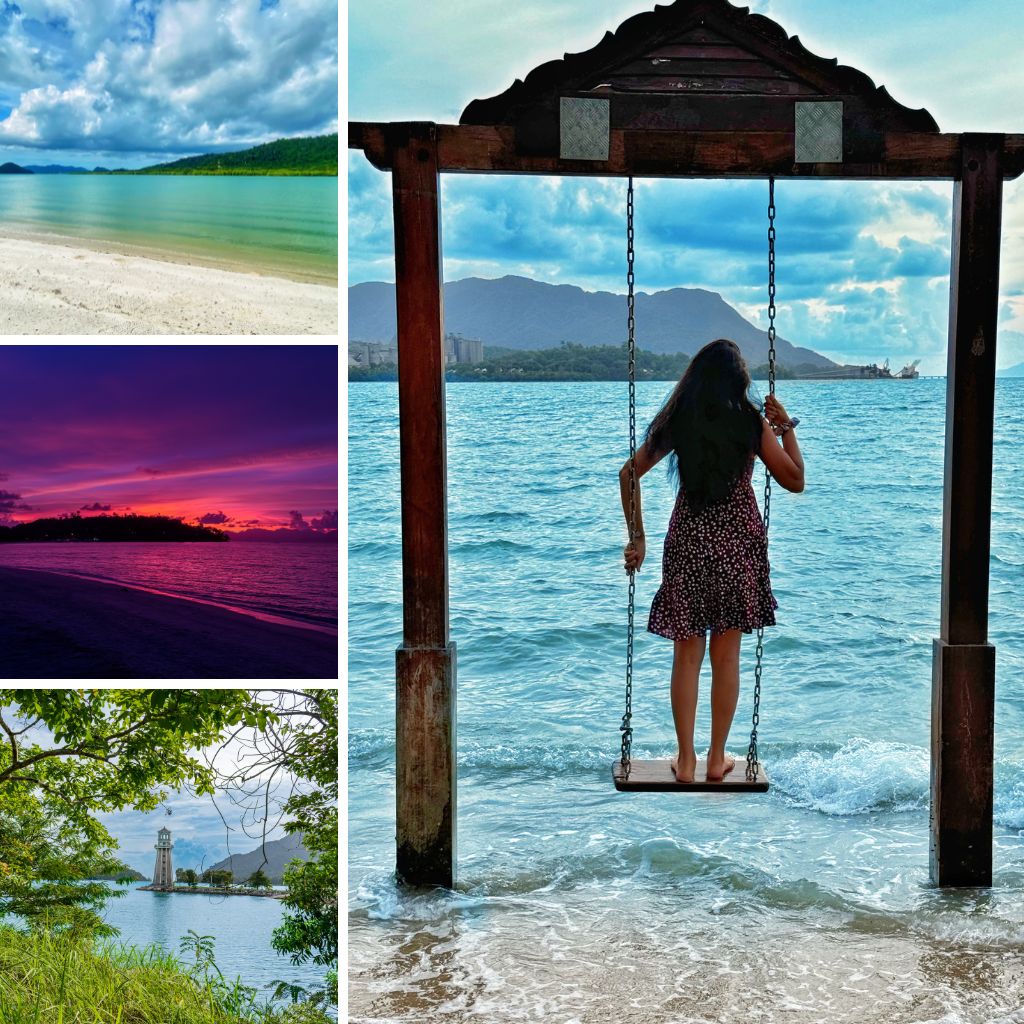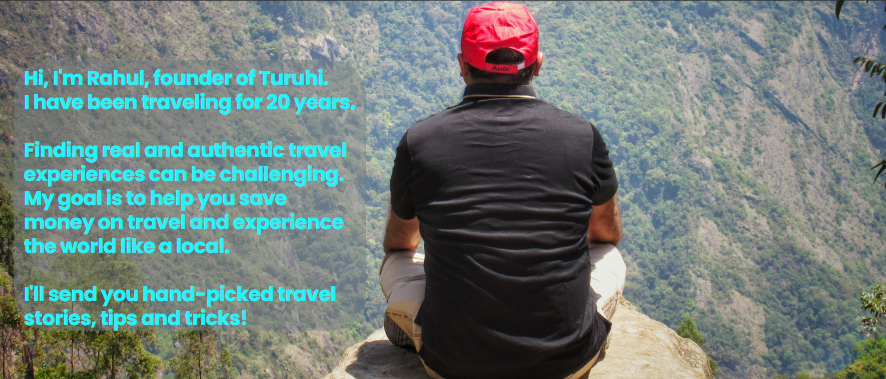In Alaska’s expansive territory, often called the Last Frontier, lies a realm in which wilderness reigns supreme and captivates all who enter. Here, nature’s splendor knows no bounds, portraying landscapes that inspire awe at every turn. Alaska’s untamed wilderness is home to majestic wildlife, including moose and the nomadic caribou, whose presence adds to the allure of this sanctuary. In the quest for a truly fulfilling experience with nature’s wonders, few things can compare to encountering these magnificent creatures in their natural habitat. Discover the best spots and insider tips for viewing moose and caribou across Alaska’s rugged terrain. A sense of exploration and allure permeates each moment.

Where to encounter Moose in Alaska?
Known for its imposing stature and majestic presence, the Alaskan moose inhabits various regions across the state. Whether wandering through dense forests in Alaska, foraging in marshlands, or grazing in open meadows, the majestic moose captivates everyone it encounters. These prime locations and expert insights will maximize your chances of a memorable encounter with a moose in Alaska’s untamed wilderness.
- Southcentral Alaska: This region is ideal for observing moose since it has the greatest concentration of them. With its iconic mountain backdrop, Denali National Park offers sightings near the park entrance and along the Denali Park Road. There is a good chance that you will see moose during the Denali Wilderness ATV Adventure tour. A paradise for outdoor activities, the Kenai Peninsula provides excellent opportunities for moose sightings near Moose River, Exit Glacier and Alaska Wildlife Conservation Center. The Matanuska Valley, renowned for its scenic beauty, also provides excellent opportunities for sightings along the Glenn Highway.
Book Alaska Wildlife Tour of Turnagain Arm and Alaska Wildlife Conservation Center
- Interior Alaska: There are excellent opportunities to see moose in Fairbanks and the surrounding area, especially along Chena River Loop Road and near Big Delta State Recreation Area. The vast expanses and abundance of wildlife that characterize these regions are quintessential Alaskan experiences.
- Southeast Alaska: Although moose are less common in this region, they can still be seen on Baranof Island near Sitka and Admiralty Island near Juneau. You’ll never know what you’ll encounter on your Alaskan adventure until you keep your eyes open.
How to improve your chances of seeing a moose?
Timing and habitat are important factors to consider when trying to spot a moose in Alaska. The best time to see moose in the summer is in the early mornings at sunrise, and late evening at dusk, when they are most active. During these times, they are most likely to be feeding or moving.
Willows and birches are the primary foods that moose eat in the winter, especially where snow has been cleared. Look for moose pellets that are distinctively round, as well as stands of stunted trees that have been browsed by moose. You can significantly increase your chances of observing these majestic creatures in their natural habitat by seeking out their preferred habitats and understanding their seasonal behaviors.
Following the Caribou Herds in Alaska
Traveling across Alaska to follow caribou herds is an adventure steeped in natural wonder and untamed beauty. It is fascinating to watch these nomadic creatures migrate across vast expanses of wilderness. Tracing the path of caribou herds in Alaska’s remote landscape, from rugged tundra to sprawling taiga forests, is a mesmerizing experience.
- Arctic & Interior Alaska: Because of their nomadic nature, caribou herds can be difficult to pinpoint in specific locations. Dedicated efforts can, however, be rewarded. With the help of experienced guides or fly-in trips, the Gates of Arctic National Park offers opportunities to see large caribou herds. With their stunning landscapes, Arctic National Wildlife Refuge and Kobuk Valley National Park also provide opportunities to observe these magnificent animals.
- Kenai Peninsula: During the calving season between June and August, the Kenai Lowland provides a unique opportunity to observe caribou herds. Bridge Access Road and Marathon Road are excellent places for responsible viewing, letting visitors glimpse the delicate balance of nature.
- Dalton Highway: During mid-August to September, this challenging northern route offers glimpses of caribou in the tundra. However, caution and experienced driving are essential when navigating this remote and demanding route.
Choose from various tours and experiences on Dalton Highway
Getting the most out of Alaska wildlife viewing experience
- Seasonality is the key: Moose are typically most active at dawn and dusk, while caribou herds migrate throughout the year. To maximize your chances of spotting these elusive animals, you should conduct research in the area of your choice and learn about their migration patterns. It is important to maintain patience and respect nature.
- Responsible Observation: Always maintain a safe distance of 50 feet or more from moose and caribou. A moose is generally unconcerned with human presence, but can charge if you get too close. It is best to observe them using binoculars or a telephone lens in order not to disturb their natural behavior. Respect the delicate ecosystem and minimize your impact on it by leaving no trace behind.
- Be Prepared: Wear comfortable footwear suitable for hikes and dress appropriately for Alaska’s ever-changing weather. You might want to bring binoculars and a camera with a telephoto lens to capture memorable moments. It may also be a good idea to bring insect repellent.
- Guided Tours: A guided tour of various Alaska National Park can increase your chances of spotting caribou herds, especially in remote areas. In this way, you can also gain valuable insights from local wildlife experts who understand the habitats and patterns.
Responsible Tourism
Supporting local businesses committed to sustainable practices and following park regulations is key to responsible tourism in Alaska. Visitors contribute directly to Alaska’s delicate ecosystems by patronizing establishments that emphasize conservation efforts and community involvement. Furthermore, adhering to the principles of “leave no trace” and minimizing environmental impact ensures that the Alaskan wilderness remains intact for future generations. Maintain a safe distance from wildlife habitats, dispose of waste responsibly, and stay on designated trails. Embracing these principles will allow travelers to enjoy Alaska’s wildlife while safeguarding its natural beauty.
A respect for the wild
Remember that moose and caribou are wild animals, not entertainment commodities. It should be a privilege to view them, not a pursuit. Keep their well-being and safety in mind at all times. With these tips and a sense of wonder, you’ll be well on your way to experiencing the magic of encountering these iconic creatures in their natural habitat.
Disclaimer:
This blog may contain affiliate links. At no extra cost to you, we may get a small commission if you buy anything. All products and services we endorse have been personally used or come highly recommended to us. These incomes allow us to keep the community supported and ad-free.





Add a Comment